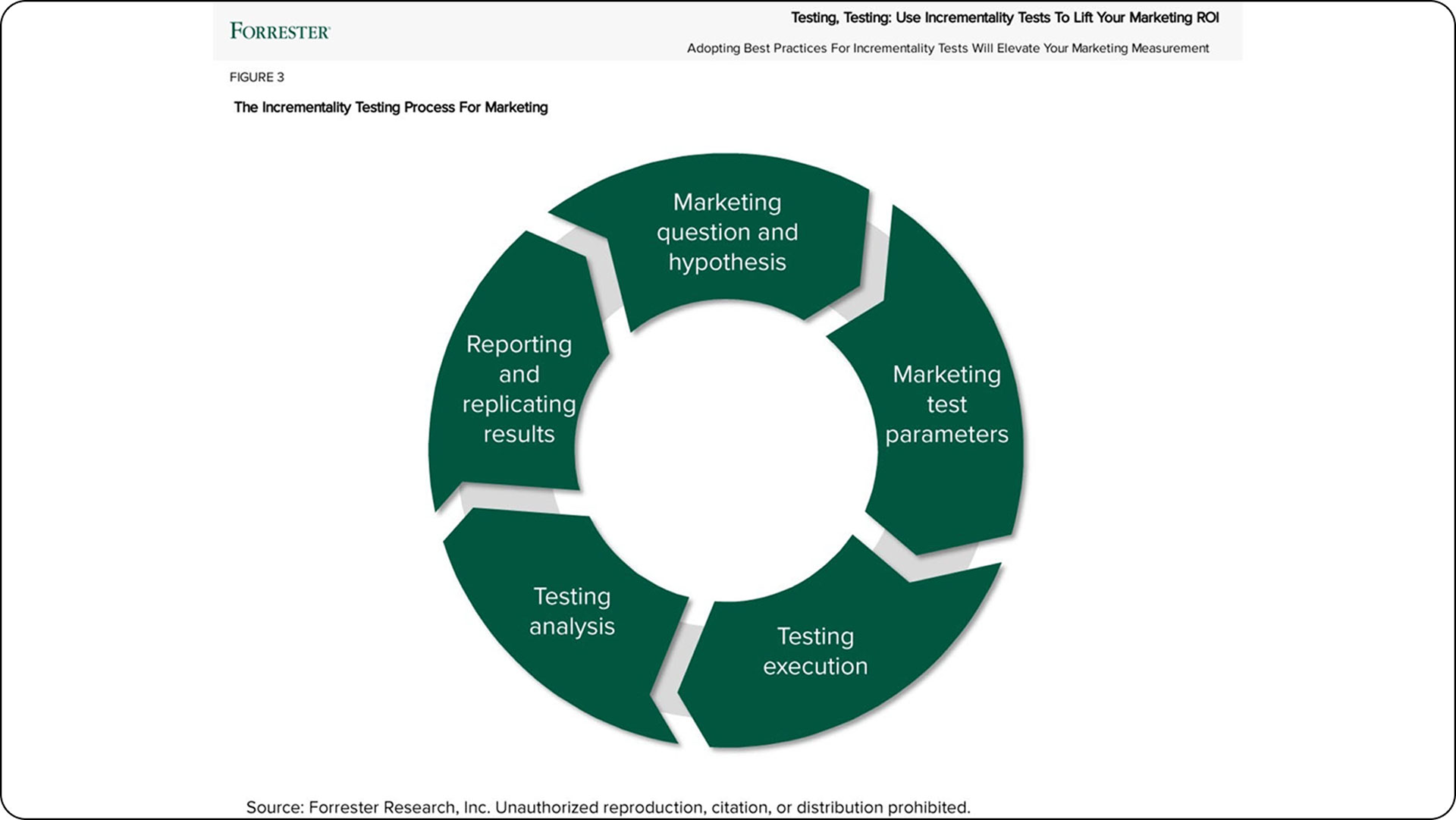Expertise

From cost center to catalyst
Advertisers have long waged an uphill battle. Many organizations are even known to classify both the marketing and advertising functions as “cost centers;” however, this battle becomes increasingly difficult for many of us as we march toward the looming “cookie-less” future. The topic of cookie deprecation has been ongoing for years, with major players like Tor, Mozilla Firefox, and Apple’s Safari taking action early on. However, with Google and Chrome’s colossal user-base, the conversation surrounding cookie deprecation has recently gained renewed momentum and urgency.
Furthermore, this is happening at a moment in which there is a strong consumer advocacy presence, and legislatures around the world are focusing more on consumer data and privacy. As these landscape shifts continue to develop, advertisers across organizations are faced with an “inflection point” regarding their relationship with data. All is not lost though.
Shifts in consumer privacy are here to stay, and new legislative proposals are regularly coming forth both in the US and abroad only solidifying this truth. Marketers and advertisers need to take advantage of the little time we have remaining to establish baselines and work with organizational partners to strengthen and protect the new “gold” a.k.a. first-party consumer data.
Undergoing the consumer data ecosystem shift provides two unique opportunities for marketing and advertising to start winning share-of-voice in two key conversations occurring in every boardroom and C-Suite.
- What is the measurable impact on the bottom line for this effort? (Particularly for organizations who aren’t e-commerce first.)
- How are we going to leverage, warehouse, and prioritize data?
How do we determine ROI post-cookie
Attribution has long been one of the toughest challenges facing all marketers and advertisers. Digital offered an unprecedented level of capability to answer the long running question from every CFO—“What’s the ROI?” Cookie deprecation threatens the reliability of our answer and increases in consumer privacy restrictions that make cross-channel and device tracking more difficult. Yet, a long-known solution exists and is poised to make a comeback: incrementality testing.
It’s time to return to science class everyone, and remember why undergraduate Marketing degrees are typically Bachelor’s of Science not Bachelor’s of Art. Incrementality testing is, in its simplest form, applying the scientific method and leveraging experimental design. The graphic below from Testing, Testing: Use Incrementality Tests To Lift Your Marketing ROI, Forrester Best Practice Research shows how this fundamental scientific principle can be elevated to incorporate it into our marketing and advertising practices.By controlling our advertising efforts and standardizing incrementality testing into our media planning across new targets and geographies, we can work with partners to calculate more precise marketing performance. Establishing tests with control groups enables advertisers to measure how an initiative contributes to sales conversions, ROI, and uplift over external events. There are also Marketing SaaS platforms, such as Measured and INCREMENTAL, that provide testing tools to help users measure incrementality.
Ultimately, incrementality testing provides advertisers with a solution to streamline gross costs and subsequently lower cost per conversion. It presents the opportunity to evaluate which campaigns truly contribute to conversions by providing an accurate representation of total cost. While challenges may exist in scaling some results, we can deploy statistical analysis methodologies to help provide data-backed projections for larger scale deployments with conservative and liberal numbers to ensure that marketing is not over-promising on scaled efficacy.
While incrementality testing may not provide us with the instant gratification results we have become accustomed to, it does present a more palatable answer for financial partners within organizations. We can come back to them with a sales supported post-test answer in lieu of what they consider vanity metrics from upper funnel efforts.


How will we leverage consumer data
Across every organization, whether it’s in-house at a Fortune 500 corporation or an agency working on their behalf, every campaign and every project starts with a “simple” question—who is our audience? While this question is paramount to a successful campaign, it also tees up what is arguably the more important question behind the initial one—what do we know about our audience?
The proliferation of Retail Media Networks is a prime example of how organizations are re-evaluating their relationships with their consumer data, and new stakeholders are entering into the mix. Finance looks at the consumer data that marketing departments have been mining for years and thinks of how they can monetize the data to turn it into a new revenue stream. Gone are the days when your customer data was simply valuable information for marketing departments to know their target better and identify opportunities for new consumers. Now, organizations and brands that previously invested in advertising as a sales generation tool are betting heavily, in new ways, on the value of their owned data and its revenue potential for advertisers who want to reach their consumers.
As advertisers and marketers, this presents an opportunity for us to step forward and advocate for our own expertise to lead this conversation. We have advocated for better first party data for years to ensure that we efficiently identify and communicate with our target audiences. Now, we can speak to what others in our industry look for as the most valuable data types.
Deeper than this, it provides us an opportunity to educate our colleagues and teams on how micro-conversions, and other brand-to-consumer touchpoints, are valuable and relevant to creating consumer profiles, identifying potential partners, and business objectives. As we all know, it’s easier to advocate for something when you can tie a dollar amount to it—now we can.Consumer data is increasingly valuable to advertising from a tactical audience perspective, as personalization across fragmented consumer bases becomes more difficult and targeting capabilities are impacted. This change causes advertisers to look to other methods such as contextual targeting. It allows advertisers to present their messaging in a truly native way because they will inherently know more about the environment in which their Creative will live and (to some extent) how the consumer’s mindset will be at the touchpoint. Contextual targeting, in particular, presents additional opportunities for advertisers to advocate for our thoughtful and purposeful touch points as it requires poignant & relevant Creative for the intended target and all similar audiences who are consuming content related to this topic.

Now advertisers have more justification at our fingertips for influencing organizational priorities around data collection than we ever have before. We need to ensure that we prioritize the consumer, by thoughtfully and purposefully designing every touchpoint to provide the greatest chance for additional data collection. User Experience, Design, Data Science & Analytics, as well as, Finance, Legal and Operations—Advertising is positioned to bring all groups to the table and align on how best to craft consumer journeys that prioritize ethical and legal data collection across the entire customer journey.


How do we determine ROI post-cookie
Again, cookie deprecation and the increased stringency around consumer privacy within the digital ecosystem is here to stay. All we can do is decide how to move forward and adapt. We do not believe now is the time to cry woe, we do believe it’s time to change the narrative. Who better to advocate for organizations to increase their focus on ethical and thoughtful first party data collection? How better to answer ROI questions than with a tested and proven sales lift? No, we do not see the “death of the cookie” as a reason to panic, we see this as an opportunity to step forward and partner with our colleagues to chart the path forward—together.

















